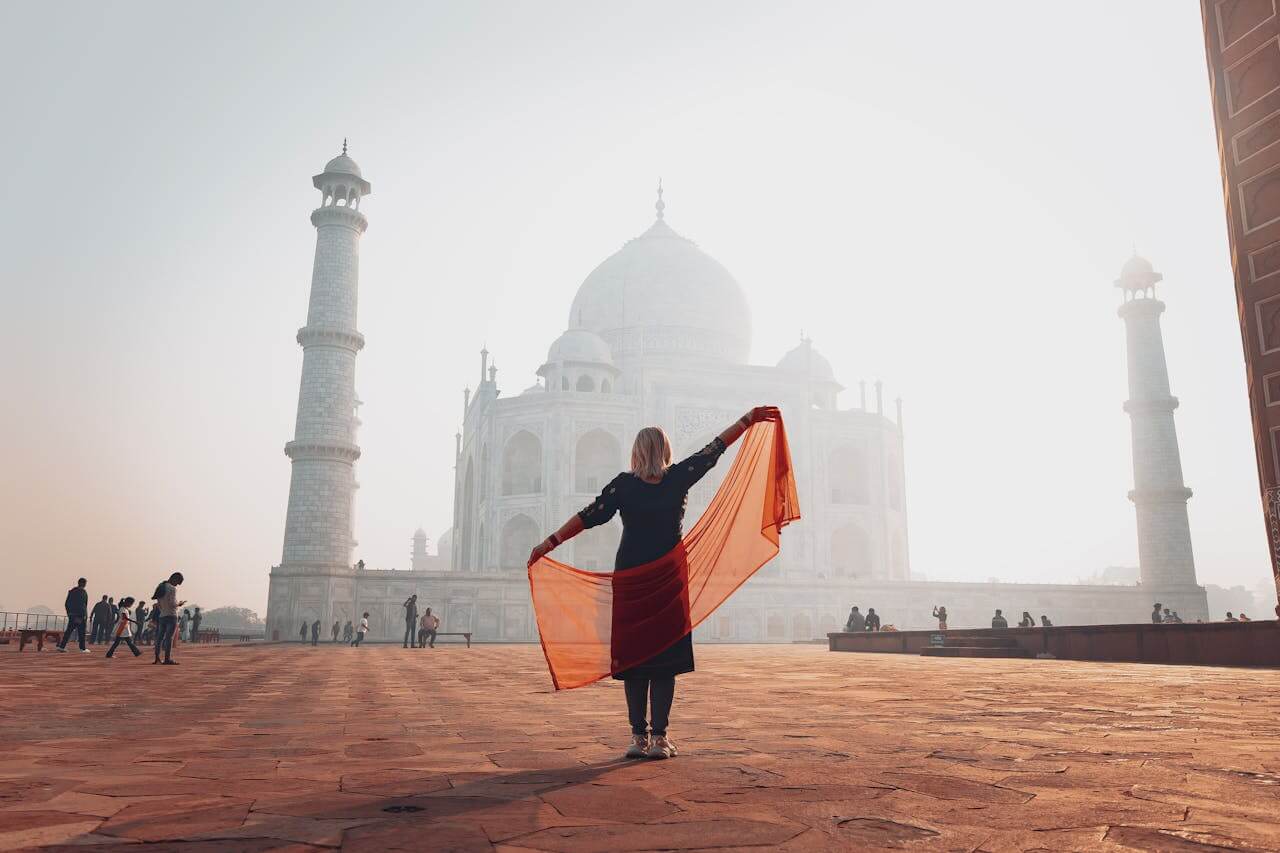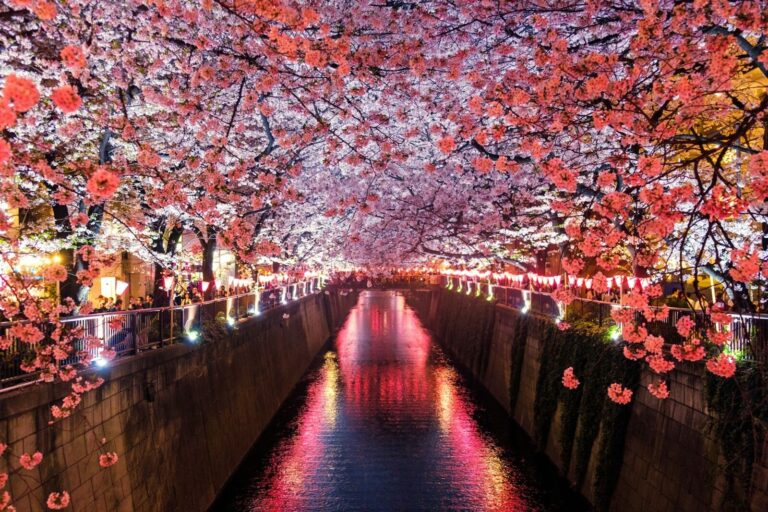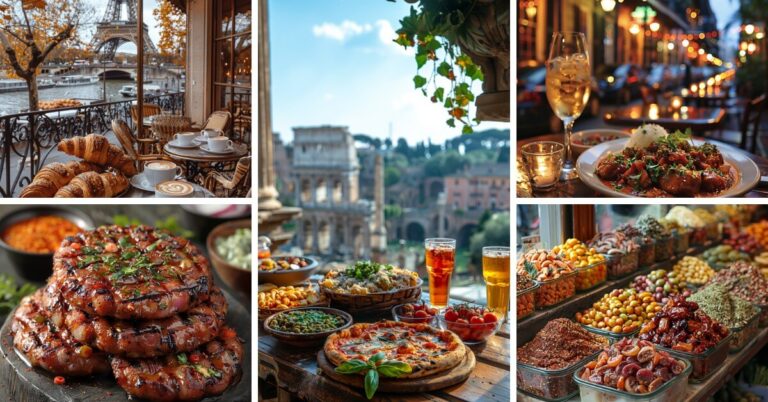Is India Safe? Tips for Solo Travelers in 2024
Born and raised in the bustling streets of Kolkata, India, I’ve been immersed in the rich tapestry of my homeland’s culture, history, and traditions from an early age.
As a seasoned solo traveler, I’ve embarked on journeys far and wide, but India holds a special place in my heart.
Amidst its vibrant chaos and diverse landscapes, the question that often arises for solo travelers is, “Is India safe?”
Media narratives and anecdotal accounts often portray a mixed picture of safety in India.
While some travelers rave about their experiences, others express concerns about issues such as petty crime, harassment, and cultural misunderstandings.
These narratives can leave solo adventurers feeling uncertain and hesitant about exploring India on their own.
Drawing from my deep-rooted connection to India and extensive travels throughout the country, I offer insights into the nuances of safety that only a native can provide.
To fellow solo travelers considering a journey to India, I understand the apprehensions and uncertainties that may arise.
Join me as we delve into the complexities of solo travel in India and uncover practical tips for staying safe while immersing yourself in its rich tapestry of experiences.
Did you know that according to a recent survey by the Indian Ministry of Tourism, India witnessed a 305.4% annual growth in foreign tourist arrivals in India?
This surge in travel underscores the growing confidence and interest in exploring India’s diverse landscapes and cultural heritage.
As security measures continue to improve and awareness of safety precautions grows, travelers are increasingly drawn to the allure of India’s enchanting destinations.
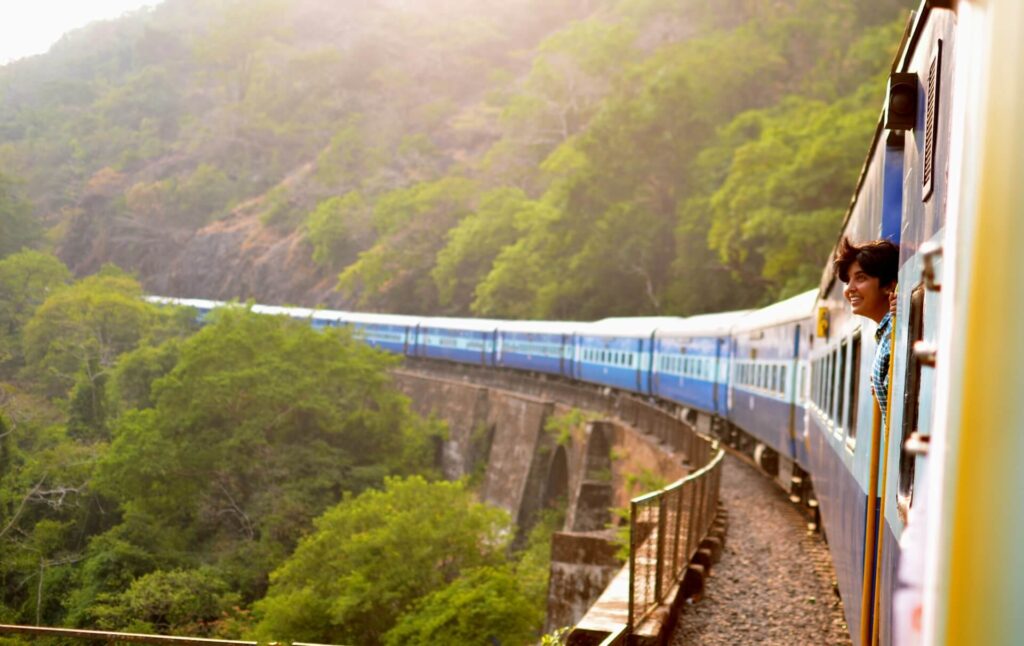
Is India Safe to Travel?
Let’s kick off our exploration by addressing the big question on everyone’s mind:
Is India safe for traveling?
To answer this, let’s take a closer look at the global perceptions of India’s safety and gain insights from the experiences of fellow travelers.
Overview of Global Perceptions of India’s Safety
India often finds itself under the spotlight when it comes to discussions about travel safety.
While some may have concerns stemming from sensationalized news headlines or hearsay, the reality on the ground can often be quite different.
It’s essential to approach these perceptions with a critical eye and consider the broader context of safety in India.
Despite occasional safety incidents that garner media attention, millions of travelers visit India each year without encountering any significant issues.
The key to staying safe lies in understanding and mitigating potential risks, which we’ll delve into further in the sections to come.
Insights into Safety Concerns From International Travelers
To gain a clearer understanding of safety concerns in India, it’s valuable to hear from those who have traversed its landscapes firsthand.
International travelers bring a diverse range of perspectives and experiences, offering valuable insights into the nuances of safety while exploring India.
Many travelers attest to feeling safe and welcomed during their time in India, highlighting the warmth and hospitality of its people.
However, it’s essential to acknowledge that safety perceptions can vary depending on factors such as personal experiences, travel itineraries, and cultural backgrounds.
By listening to the stories and experiences of fellow travelers, you can gain a more nuanced understanding of safety in India and equip yourself with the knowledge needed to navigate its terrain confidently.
Understanding Safety Concerns in India
Now that we’ve set our sights on exploring the vibrant landscapes of India, it’s crucial to arm ourselves with knowledge about the safety concerns we might encounter along the way.
So, let’s dive into the nitty-gritty and uncover some essential insights to ensure a smooth and secure journey through this captivating country.
Pickpockets and Petty Crime:
Picture this: You’re strolling through the bustling streets of Delhi, soaking in the sights and sounds of this vibrant city when suddenly, you feel a slight tug on your backpack.
It’s a scenario that many travelers have experienced, and while incidents of pickpocketing and petty crime are relatively rare, it’s essential to stay vigilant and take precautions to safeguard your belongings.
Keep your valuables secure, be mindful of crowded areas, and consider using anti-theft accessories such as money belts or hidden pouches for added peace of mind.
Scams:
Ah, the age-old art of the scam—an unfortunate reality of travel in any destination.
From overly friendly tuk-tuk drivers offering “discounted” tours to persuasive street vendors peddling dubious wares, scams come in all shapes and sizes in India.
While most locals are incredibly hospitable and genuine, it’s wise to approach unfamiliar situations with a healthy dose of skepticism.
Stay informed about common scams, trust your instincts, and don’t be afraid to assertively decline any offers or propositions that seem too good to be true.
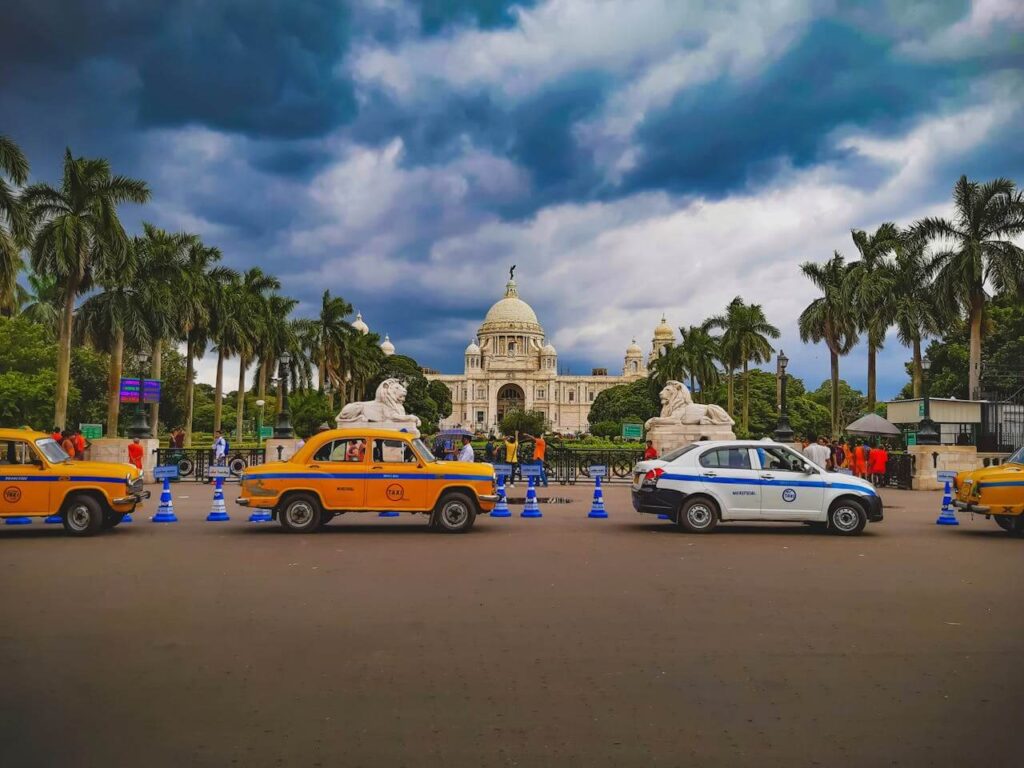
Transportation:
Navigating India’s extensive transportation network can be both exhilarating and overwhelming, especially for first-time visitors.
Whether you’re hopping on a bustling Mumbai local train or embarking on an epic cross-country journey aboard an overnight sleeper bus, safety should always be a top priority.
Opt for reputable transportation providers, and familiarize yourself with local routes and schedules.
And be prepared for the occasional chaotic commutes that are all part of the adventure.
Food Safety:
Prepare your taste buds for a culinary adventure like no other as you indulge in India’s diverse and flavorful cuisine.
From savoring mouthwatering street food delicacies to dining at Michelin-starred restaurants, there’s no shortage of gastronomic delights to explore.
However, with great culinary delights come great responsibilities—namely, ensuring that the food you consume is prepared and handled safely to avoid any unwanted tummy troubles.
Stick to busy eateries with high turnover rates, opt for freshly cooked dishes, and steer clear of questionable street food stalls to minimize the risk of food-related illnesses.
Travel Illnesses:
While India’s rich tapestry of cultures and landscapes is undoubtedly awe-inspiring, it’s essential to be mindful of potential health hazards that may lurk in the shadows.
From mosquito-borne illnesses like dengue fever and malaria to gastrointestinal woes caused by contaminated food and water.
There are a few precautions you can take to stay healthy and resilient during your travels.
Pack a robust travel medical kit, and stay hydrated with bottled or purified water.
Weather and Natural Disasters:
India’s diverse geography means that the weather can vary significantly depending on the region and time of year.
From the sun-drenched beaches of Goa to the snow-capped peaks of the Himalayas, each destination offers its own unique climate and natural beauty.
However, it’s essential to stay informed about weather patterns and potential natural disasters that may affect your travel plans.
Terrorism:
While the thought of terrorism may evoke feelings of fear and uncertainty, it’s essential to approach this topic with a level head and a rational mindset.
While isolated incidents of terrorism have occurred in India in the past, the likelihood of encountering such threats during your travels is relatively low.
Stay informed about any security alerts or advisories issued by government authorities.
Avoid high-risk areas or gatherings, and maintain a heightened sense of awareness of your surroundings to mitigate any potential risks.
According to India Travel Advisory, those high-risk areas include the Union Territory of Jammu and Kashmir, the India-Pakistan Border, Northeastern States, and Central and East India.
Apart from those high-risk areas, you can travel pretty much everywhere in India.
According to the Times of India, India’s two favorite states for foreign tourists are Goa & Kerala and they’re also the nation’s safest for women.
Cities like Kolkata, Chennai, Coimbatore, Surat, Pune, Hyderabad, and Bangalore are also considered the safest for travelers in India.
Female and LGBTQ Safety Issues:
As a solo female traveler or member of the LGBTQ community, it’s natural to have concerns about safety and acceptance while exploring India.
The country’s cultural attitudes towards gender and sexuality may differ from those in the West.
India is generally a welcoming and inclusive destination for all travelers.
That said, it’s essential to be mindful of local customs and traditions, dress modestly, and avoid overt displays of affection in public to respect cultural sensitivities.
Additionally, consider connecting with local female or LGBTQ travelers for insights and support, and trust your instincts when it comes to personal safety.
So there you have it—our comprehensive guide to understanding safety concerns in India.
Armed with knowledge, awareness, and a spirit of adventure, you’re well-equipped to embark on a memorable journey through the heart of this captivating country.
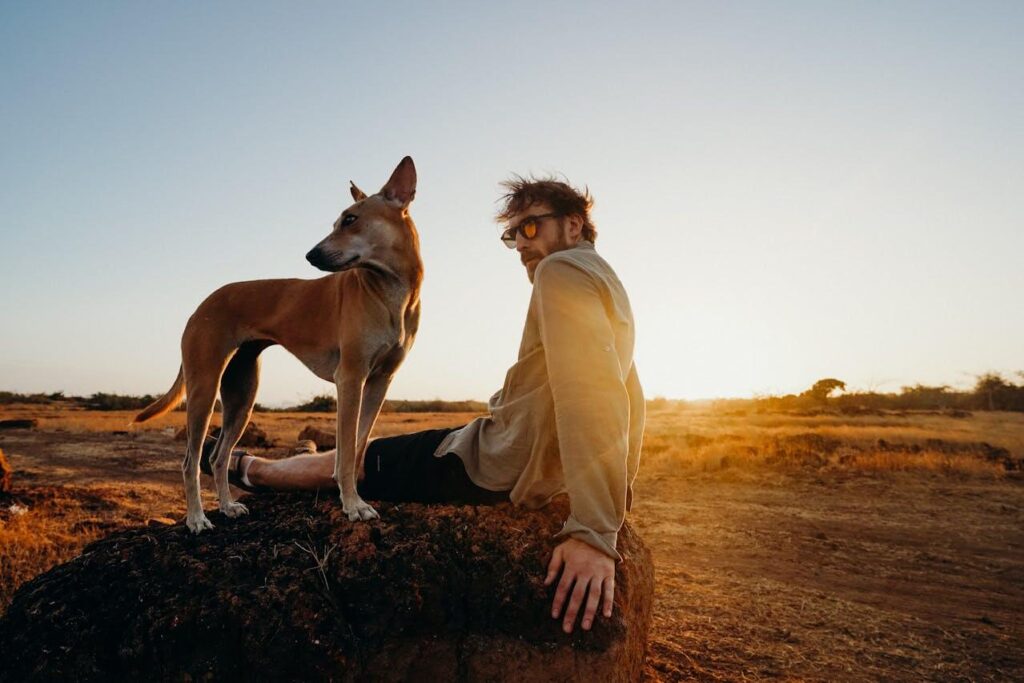
Tips for Staying Safe in India as a Solo Traveler
Now that we’ve delved into the nuances of safety concerns in India.
It’s time to equip ourselves with some practical tips and tricks to ensure a smooth and secure solo adventure through this enchanting land.
So buckle up, and let’s dive right in!
Essential Safety Precautions for Solo Adventurers
First things first, let’s talk about the golden rule of solo travel: trust your instincts.
Your gut feeling is your best ally when it comes to staying safe on the road.
Whether it’s choosing a trustworthy accommodation, navigating unfamiliar streets, or interacting with locals, always listen to that little voice inside you—it knows what’s up.
Next up, let’s talk about the importance of staying connected.
Before embarking on your Indian odyssey, make sure to share your itinerary with a trusted friend or family member back home.
Keep them updated on your whereabouts and check in regularly to give them peace of mind.
Additionally, consider investing in a reliable SIM card (of companies like Airtel or Jio) to stay connected on the go.
And speaking of connectivity, let’s not forget about the power of community.
Joining online travel forums, social media groups, or local meet-up events can be a fantastic way to connect with like-minded travelers.
Share tips and advice, and even find potential travel buddies for your Indian escapades.
From bustling train stations to chaotic bus terminals, getting from point A to point B can be an adventure in itself.
To ensure a smooth and stress-free journey, do your homework beforehand.
Familiarize yourself with local transportation options, schedules, and routes to avoid any last-minute hiccups.
When it comes to choosing your mode of transportation, safety should always be your top priority.
Opt for reputable operators with a track record of reliability and safety, and don’t be afraid to ask questions or seek recommendations from fellow travelers or locals.
And remember, when in doubt, trust your instincts and prioritize your well-being above all else.
Safe Places to Stay in India:
When it comes to finding safe accommodations in India, international travelers have a plethora of options to choose from.
From well-known hotel chains to boutique guesthouses and homestays, there’s something for every preference and budget.
Many international hotel brands have a presence in major Indian cities, offering a familiar and reliable option for travelers.
Additionally, platforms like Airbnb, Trivago, and OYO provide a diverse range of accommodation choices.
Including private rooms and entire homes, allowing travelers to connect with local hosts for a more authentic experience.
For added peace of mind, it’s advisable to research neighborhoods and read reviews before booking.
Overall, by exercising caution and choosing reputable accommodations, you can enjoy a safe and comfortable stay in India.
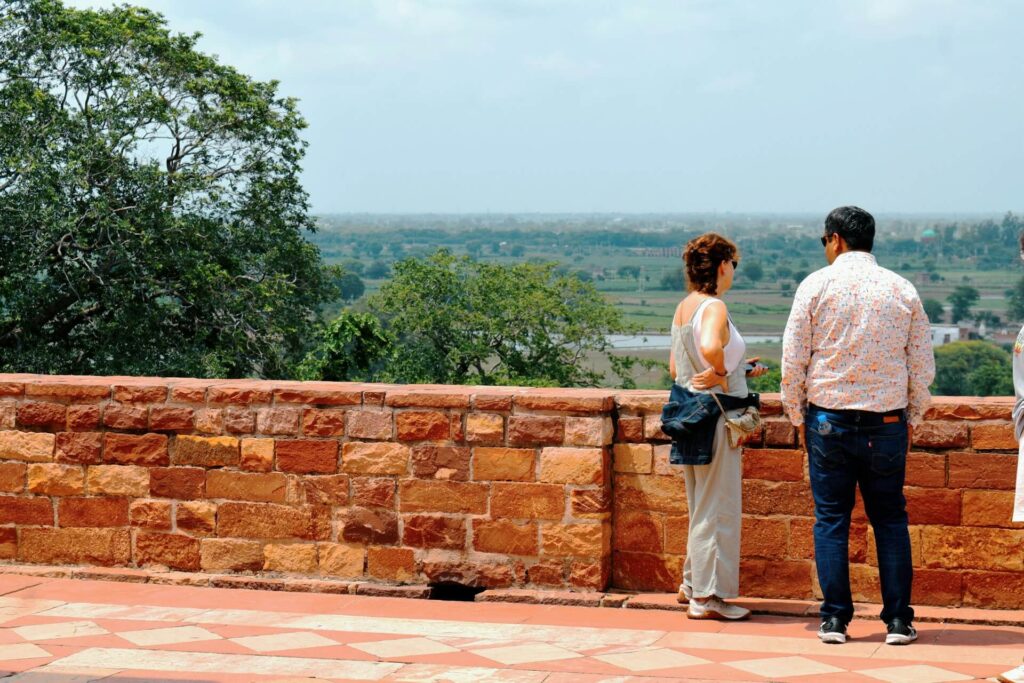
Safety Precautions for Women Travelers
As a woman setting off on a solo journey through the vibrant tapestry of India, there’s no doubt that you’re in for an unforgettable experience.
But before you embark on your Indian adventure, let’s talk about some essential safety precautions and cultural considerations to ensure a smooth and empowering journey ahead.
Safety Tips for Female Solo Travelers:
First and foremost, let’s talk about the power of preparation.
Before jetting off to India, take the time to research local customs, traditions, and cultural norms, particularly as they pertain to women.
Understanding and respecting these nuances will not only help you navigate unfamiliar situations with grace. b
But also foster deeper connections with the local community.
When it comes to dressing the part, remember that modesty is key in many parts of India, especially in more conservative areas.
Opt for clothing that covers your shoulders, chest, and knees to show respect for local customs and avoid unwanted attention.
And don’t forget to pack a trusty scarf or shawl for those moments when you need an extra layer of coverage.
Next up, let’s talk about safety on the streets.
While India is generally a safe destination for female travelers.
It’s always wise to exercise caution, particularly when exploring unfamiliar areas or traveling alone at night.
Stick to well-lit, populated areas, and trust your instincts.
If something doesn’t feel right, don’t hesitate to remove yourself from the situation.
Cultural Sensitivity and Respect:
Now let’s shift our focus to the importance of cultural sensitivity and respect.
As you traverse the diverse landscapes and communities of India, it’s essential to approach each encounter with an open heart and mind.
Embrace the rich tapestry of cultures, languages, and traditions that make India truly unique, and strive to learn from every interaction you have along the way.
When engaging with locals, remember the golden rule:
Treat others as you would like to be treated.
Show respect for local customs, traditions, and beliefs, even if they differ from your own.
Take the time to learn a few basic phrases in the local language, such as “hello,” “thank you,” and “please,” to show appreciation for the culture.
And foster meaningful connections with the people you meet.
And above all else, approach each new experience with humility, curiosity, and an unwavering sense of respect.
By embracing the beauty of India’s diverse tapestry with an open heart and mind.
You’ll not only enrich your own journey but also leave a positive impact on the communities you encounter along the way.
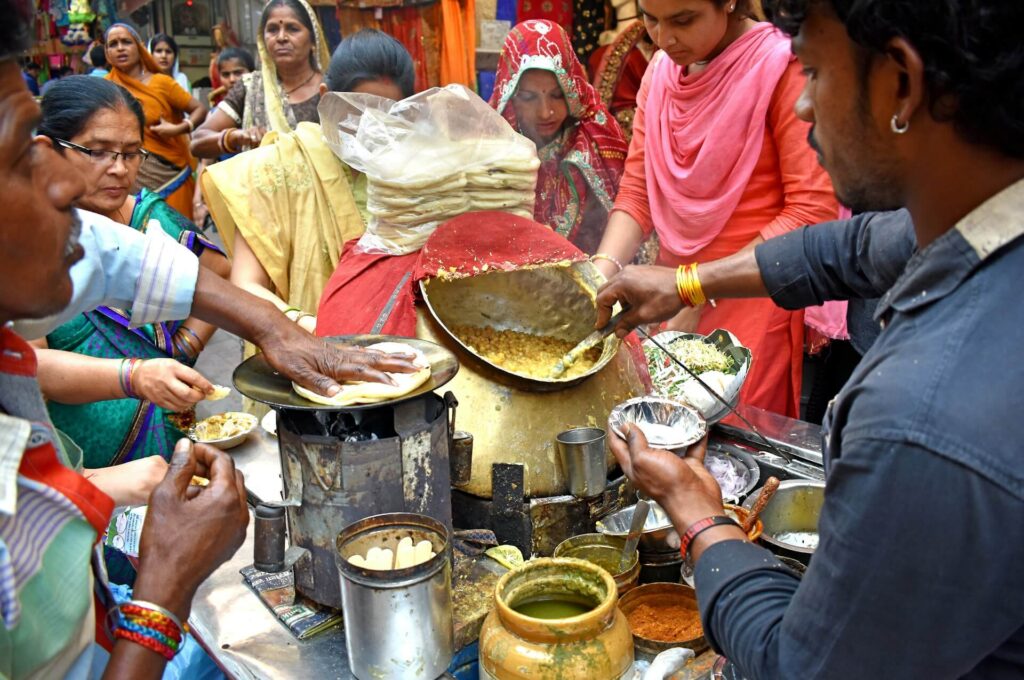
Health and Hygiene Considerations
As you embark on your solo adventure through the enchanting landscapes of India.
It’s essential to prioritize your health and well-being every step of the way.
From dodging Delhi belly to steering clear of slithery serpents.
Let’s dive into some essential health and hygiene considerations to keep you feeling your best throughout your Indian escapade.
Common Health Risks and Precautions:
First things first, let’s talk about everyone’s least favorite travel companion: the traveler’s tummy.
India’s vibrant street food scene is a feast for the senses, but it can also be a breeding ground for stomach bugs and digestive woes.
To keep your tummy happy and your adventures uninterrupted, stick to bottled water, and avoid ice cubes in drinks.
And opt for freshly cooked foods from reputable establishments.
And don’t forget to pack a stash of anti-diarrheal medication, just in case your stomach decides to stage a revolt.
Next up, let’s chat about the importance of staying hydrated in India’s sultry climate.
With temperatures soaring and humidity levels through the roof, it’s easy to get dehydrated faster than you can say “namaste.”
Make sure to drink plenty of fluids throughout the day, including water, electrolyte-rich drinks, and fresh coconut water straight from the source.
And don’t skimp on the sunscreen—India’s fierce sun can turn even the most seasoned traveler into a crispy critter if they’re not careful.
When it comes to personal hygiene, remember that cleanliness is key to staying healthy on the road.
Pack a travel-sized bottle of hand sanitizer for on-the-go germ-busting, and make sure to wash your hands frequently, especially before eating or touching your face.
And don’t forget to pack a trusty supply of insect repellent to ward off pesky mosquitoes and other critters that may be lurking in the shadows.
Addressing Concerns About Wildlife and Insects:
As you journey through India’s diverse landscapes, you may encounter a menagerie of creatures great and small, from playful monkeys to slithery serpents.
While most wildlife encounters are harmless, it’s essential to exercise caution and respect when interacting with animals in their natural habitat.
When trekking through India’s lush jungles and forests, keep an eye out for signs of wildlife activity, such as rustling bushes or distant calls.
And remember, it’s always best to observe animals from a safe distance and avoid approaching or feeding them.
This can disrupt their natural behaviors and potentially lead to dangerous encounters.
Don’t forget to protect yourself from pesky insects by wearing long sleeves and pants, and using insect repellent.
And sleeping under mosquito nets when camping or staying in open-air accommodations.
By staying vigilant, prepared, and respectful of India’s diverse ecosystems, you’ll not only stay safe and healthy.
But also forge unforgettable connections with the natural world around you.

Language and Communication
As you immerse yourself in the rich cultural tapestry of this incredible country.
Navigating the nuances of language and communication can be both exhilarating and, at times, a tad perplexing.
But fear not, for I’m here to guide you through the linguistic labyrinth and help you communicate like a seasoned local.
Language Barrier and English Proficiency in India:
Let’s address the elephant—or should I say the elephant-god Ganesha?—in the room: the language barrier.
With over 1,600 languages spoken across the length and breadth of India, it’s no surprise that communication can sometimes be a bit of a puzzle.
However, fear not, as English is widely spoken and understood, especially in urban areas, tourist hotspots, and among the younger generation.
So dust off those English textbooks and brush up on your Shakespearean soliloquies.
Because you’ll find that English will be your trusty companion throughout your Indian odyssey.
That being said, don’t be afraid to embrace the linguistic diversity of India and learn a few local phrases and greetings along the way.
Whether you’re greeting a shopkeeper with a cheerful “Namaste” or ordering a piping hot cup of chai with a polite “Ek chai, please”.
Locals will appreciate your efforts to connect with them in their native tongue.
And who knows, you may even make a few new friends and earn yourself a warm smile or two in the process.
Communicating Effectively with Locals:
Now that we’ve established that English is your golden ticket to communication in India.
Let’s talk about the art of effective communication with locals.
While English may be the lingua franca of the Indian subcontinent, cultural nuances, and regional accents can sometimes make conversations feel like a game of 20 questions.
But fear not, dear traveler, for I’m here to share a few tips to help you navigate the conversational waters with ease.
First and foremost, approach every interaction with an open mind, a warm smile, and a healthy dose of patience.
Indians are renowned for their hospitality and warmth, so don’t be shy about striking up a conversation with a friendly passerby.
Or seeking out local recommendations from shopkeepers and street vendors.
If you find yourself struggling to make yourself understood, don’t hesitate to use gestures, facial expressions, and the universal language of smiles to bridge the communication gap.
By embracing the linguistic diversity of India with an open heart and a willingness to connect.
You’ll not only overcome the language barrier but also forge meaningful connections with the people you meet along the way.
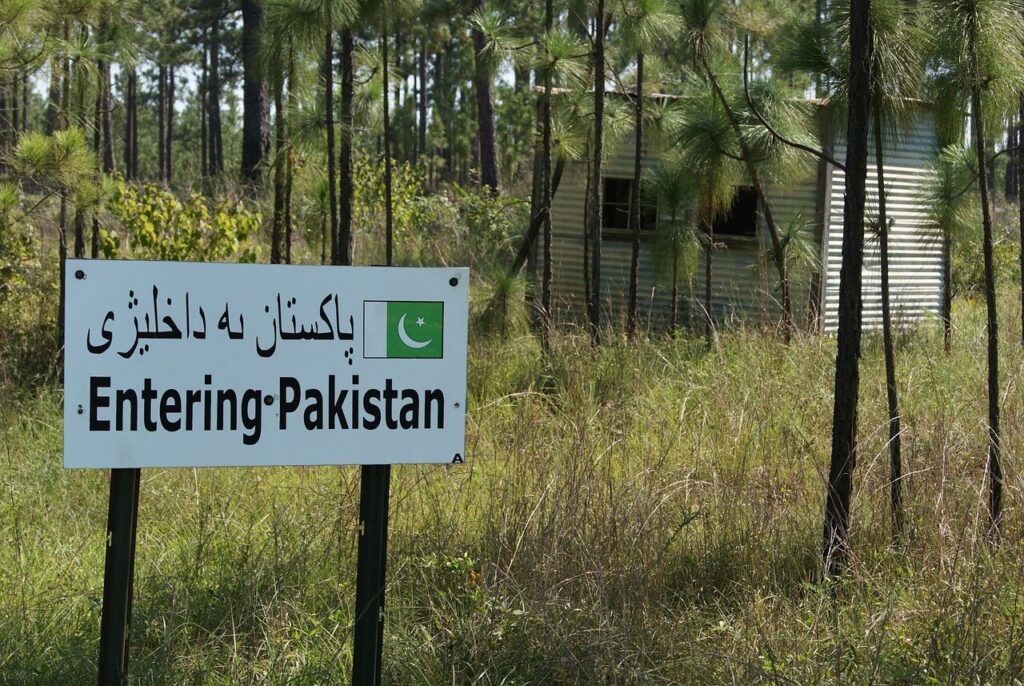
Border Tensions and Civil Unrest
Ah, the complexities of geopolitics.
While India’s vibrant culture and breathtaking landscapes beckon travelers from far and wide.
It’s crucial to acknowledge the political realities that may affect your journey.
From simmering border tensions to occasional civil unrest.
Let’s delve into how these factors can impact your travel experience and what you can do to navigate them safely.
Examination of Geopolitical Tensions:
India, like many countries, has its share of geopolitical hotspots that can give even the most seasoned traveler pause.
Whether it’s long-standing border disputes with neighboring countries or internal conflicts fueled by political unrest.
It’s essential to stay informed about the current situation before venturing into potentially volatile regions.
One such area of concern is the border regions of Jammu and Kashmir, where tensions between India and Pakistan have simmered for decades.
While this stunning region offers breathtaking landscapes and rich cultural heritage, it’s also subject to periodic flare-ups of violence and military activity.
Travelers should exercise caution and stay abreast of the latest developments in the region, including travel advisories issued by their home country’s government.
So, what’s a savvy traveler to do when faced with the specter of border tensions and civil unrest?
First and foremost, knowledge is power.
Before embarking on your journey, take the time to research the current political climate in the regions you plan to visit, paying close attention to any areas of heightened tension or conflict.
Once you’re on the ground, stay vigilant and trust your instincts.
If you encounter any signs of unrest or instability, such as large gatherings, roadblocks, or heightened security presence.
Proceed with caution and consider altering your travel plans if necessary.
Always remember to register with your embassy or consulate upon arrival in India, so they can assist in the event of an emergency.
While it’s impossible to predict or prevent every potential hiccup along your journey.
Staying informed, flexible, and attuned to local dynamics will go a long way toward ensuring a safe and memorable travel experience in India’s dynamic and ever-changing landscape.
Conclusion: Is India Safe?
After delving into various safety aspects, from petty crime to health considerations.
It’s clear that while India presents its challenges, it remains a generally safe destination for travelers.
By staying vigilant, following precautionary measures, and respecting local customs, solo travelers can mitigate risks and enjoy their Indian escapades to the fullest.
To all the people who want to travel to India, I say, “Go for it!”
Embrace the magic of India’s diverse landscapes, rich culture, and warm hospitality.
While it’s crucial to stay informed and cautious, don’t let safety concerns overshadow the thrill of exploration.
Trust your instincts, connect with fellow travelers, and immerse yourself in the beauty of India’s kaleidoscopic tapestry.
By approaching your journey with an open heart and a keen sense of adventure.
You’ll not only stay safe but also create unforgettable memories that will last a lifetime.
So pack your bags, dear traveler, and get ready for an unforgettable voyage through the enchanting land of India.
Remember, with a dash of caution and a sprinkle of curiosity.
You’ll discover that India is not just safe but also an incredibly rewarding destination for solo travelers like yourself.
Also, find Is Pakistan Safe?

